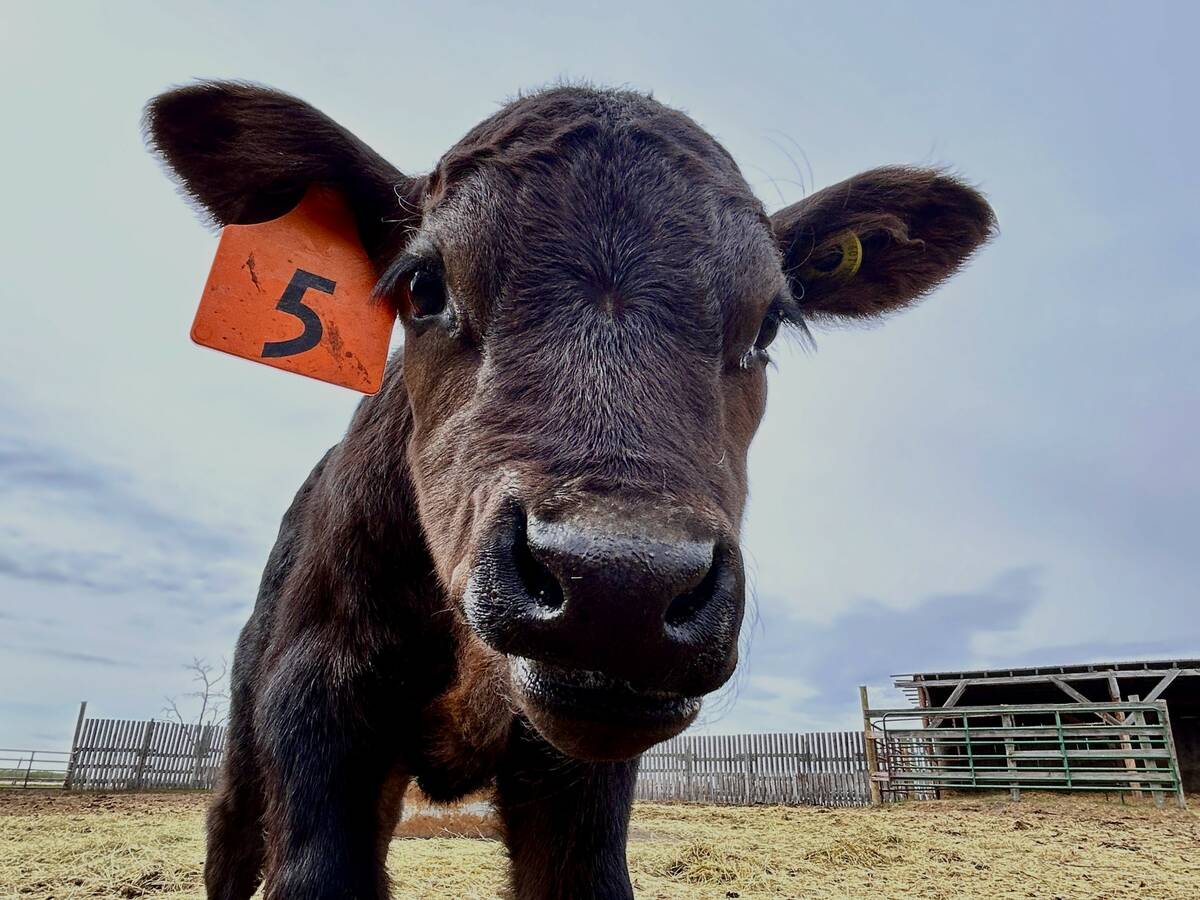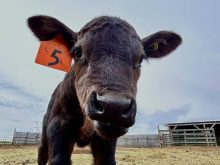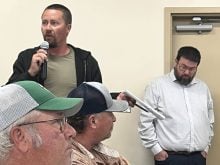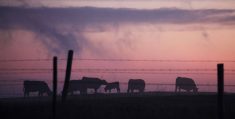Calgary public relations man Jim Wood says every crisis can be analyzed in three easy steps: mess up, ‘fess up and fix up.
Every crisis follows a distinct pattern in terms of management and communications. That template does not change, whether it is handling an environmental disaster like the Exxon Valdez oil spill or the discovery of bovine spongiform encephalopathy in Canada.
“Part of the problem is crises occur very quickly,” said the Mount Royal College instructor.
From the outset, managers must acknowledge something has gone terribly wrong and that there are consequences for the industry and the community, he said.
Read Also

Calf hormone implants can give environmental, financial wins
Hormone implants can lead to bigger calves — reducing greenhouse gas intensity, land use intensity and giving the beef farmer more profit, Manitoba-based model suggests.
According to Wood, accurate information must come quickly from well-prepared spokespersons before rumours spread.
The individuals and organizations most affected need to gather quickly and decide how to resolve the situation. Often, a group’s survival depends on how the crisis is managed.
The Exxon Valdez incident is an academic case study in mismanagement, Wood said.
“They were slow to take responsibility. They were slow to recognize there was a problem they caused. They were slow to acknowledge the impact of this and it caused them a great deal of problems and it still does today in terms of public sentiment ….”
The BSE situation affecting the Canadian beef industry is also multi-dimensional, but in general, government and industry have handled it effectively by making high-level officials accessible and by managing information properly, said Wood.
Experts like Wood recommend that all organizations develop crisis response plans, even though it is difficult to foresee a crisis or gauge its impact.
However, it is estimated only five percent of corporations have contingency plans in place to deal with potential disasters.
The agriculture industry is just getting started when it comes to emergency planning, said Matt Taylor, manager of the Canadian Animal Health Coalition.
Livestock and poultry groups, governments and the Canadian Food Inspection Agency have been meeting as a coalition for three years to develop emergency responses in the event of an animal health crisis.
Taylor said the red meat industry is managing its way through the BSE crisis but it must remain prepared for the unknown.
“This incident is really raising the profile of animal health and emergency management in our industries that are export dependent,” he said.
Taylor said Canada can take important lessons from Europe when it comes to crisis issues, trade resumption, emergency management planning and geographical zoning to contain disease.
The coalition examined the potential consequences of a national foot-and-mouth epidemic similar to the one that affected producers in the United Kingdom.
Simulations of an outbreak revealed that Canada was not prepared to handle a major disease disaster.
However, the post-BSE period should pressure government and livestock industry groups to develop stronger emergency plans.
“We hope this time next year a good number of provincial and national associations will actually have an emergency management plan. This is bigger than just a communications plan,” Taylor said.
Most organizations have communication plans in place but in many cases, they lack broader emergency management plans that look at response strategies, preparedness, recovery programs and systems to evaluate economic losses.
“Costs increase logarithmically with each one of those stages. The costs of the recovery are higher than the response costs,” he said.
“It is critical that the livestock industry be allocated resources to be as prepared as they can be for the unexpected,” Taylor said.

















